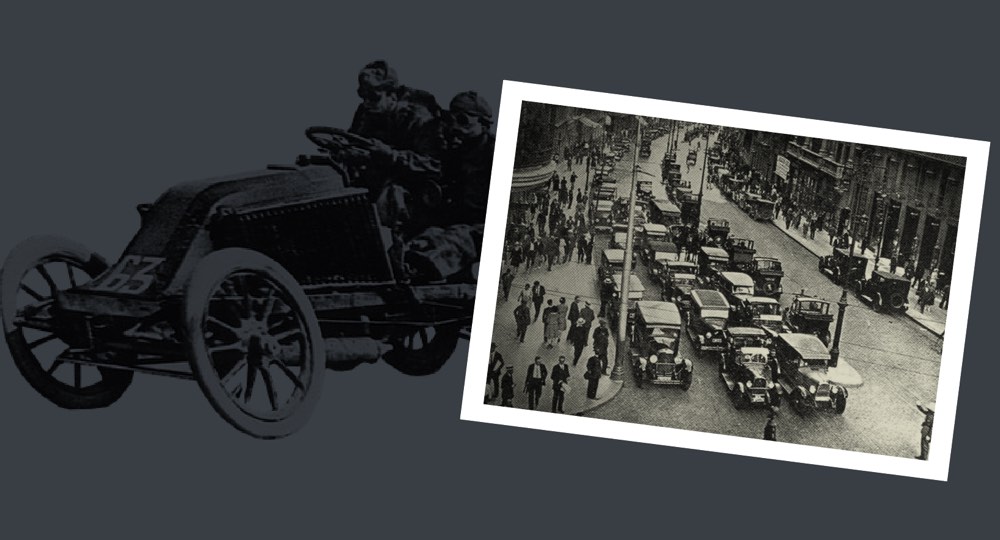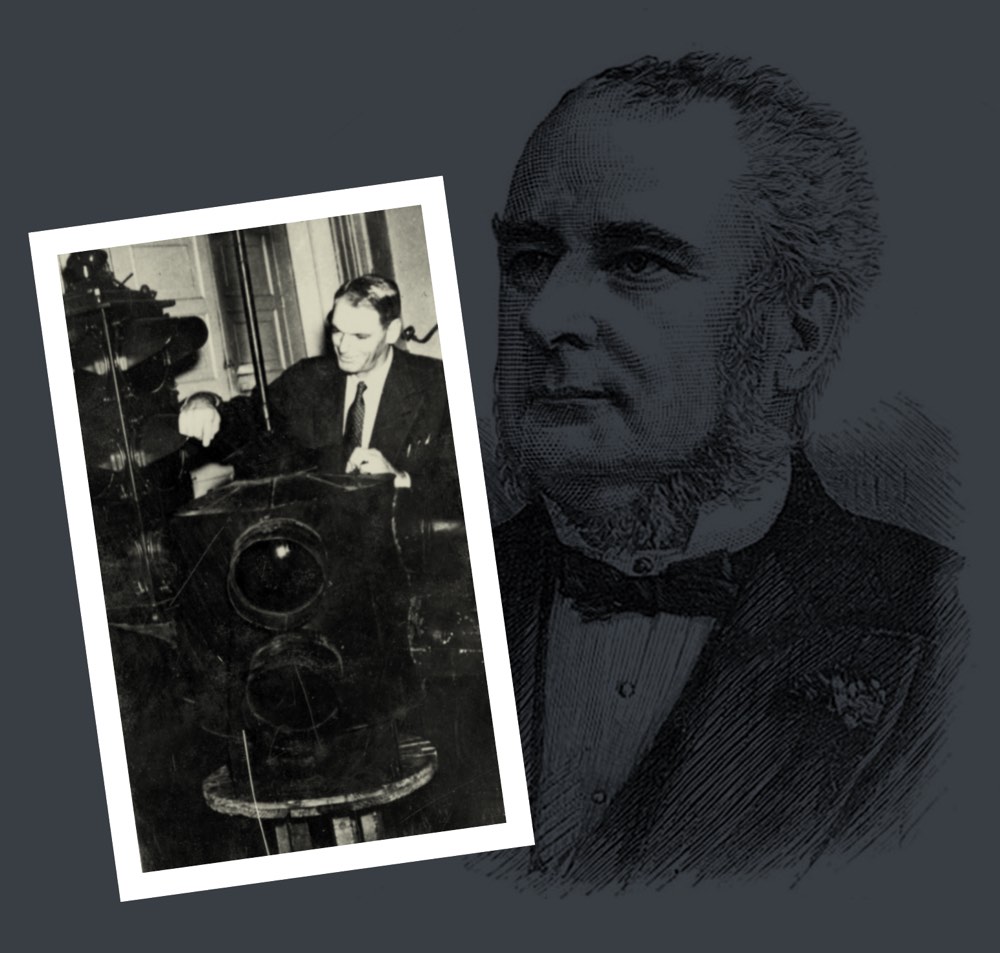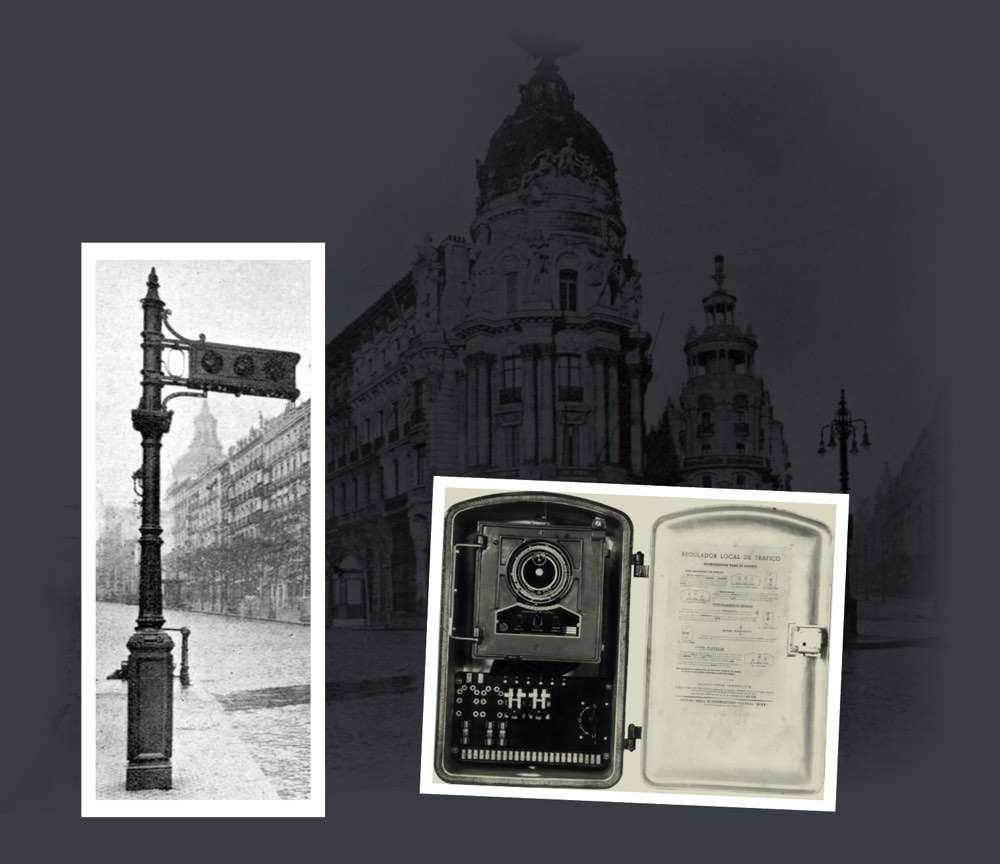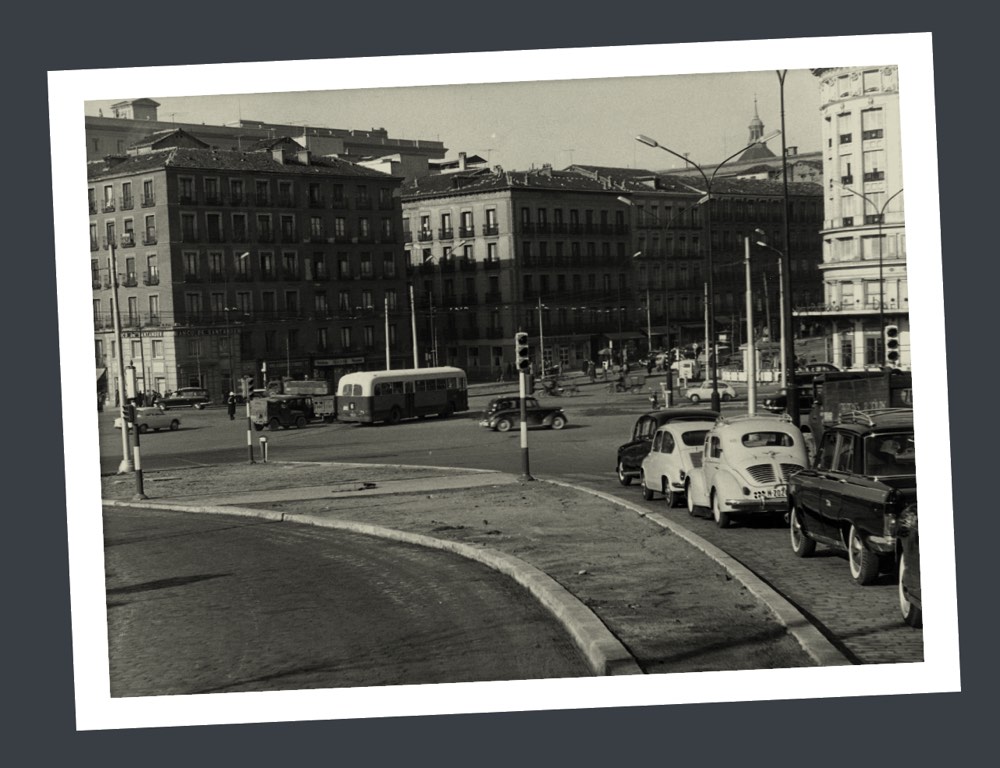The traffic
Although the first automobiles began to manufactured at the beginning of the 20th century, at that time it was still of a luxury means of transportation: many years still had to pass until that they became protagonists of urban life in the large cities. Its introduction was slow, but it aggravated a problem that required innovative solutions: traffic.




